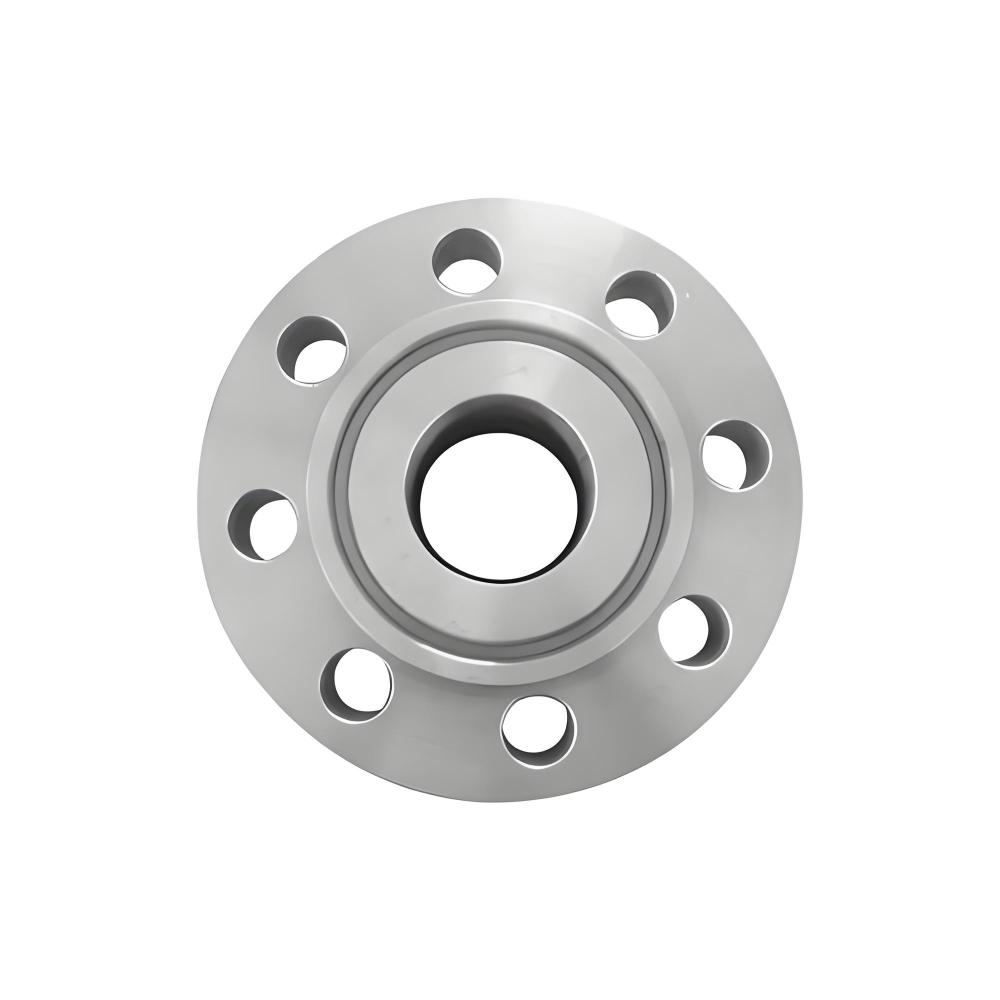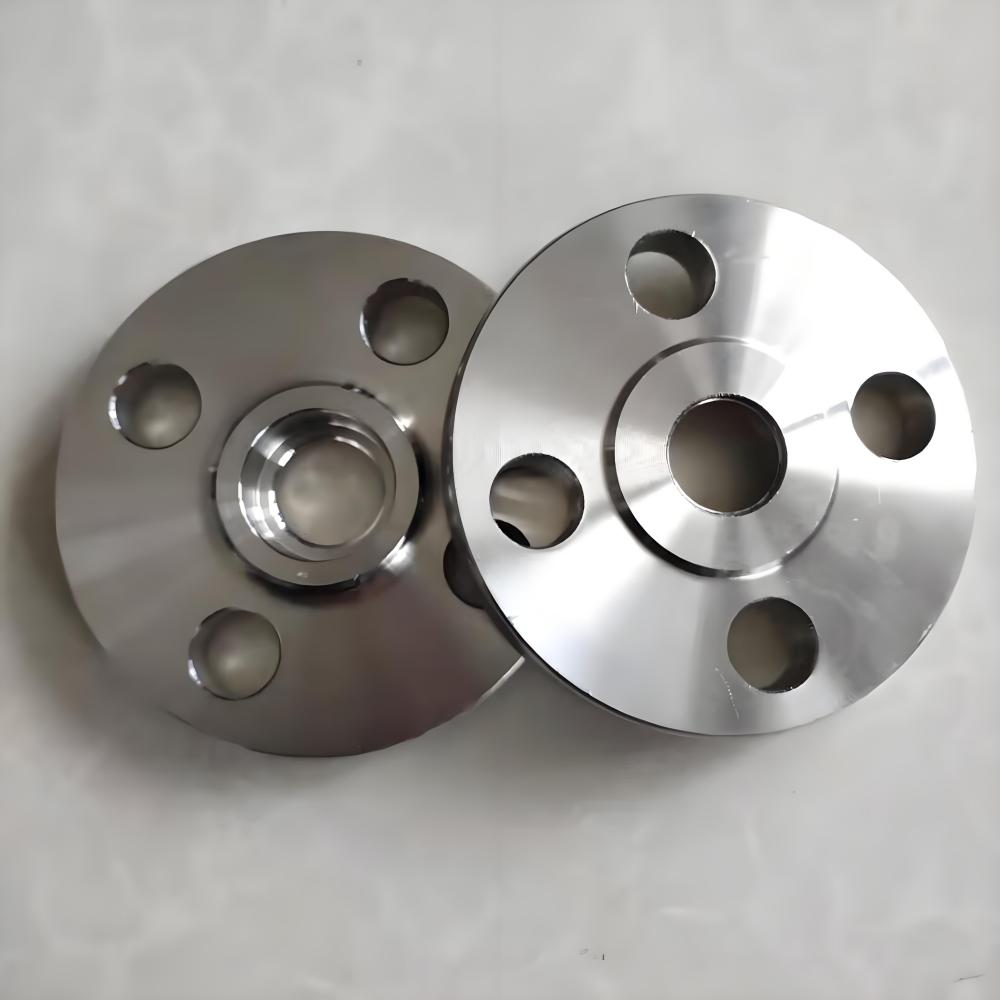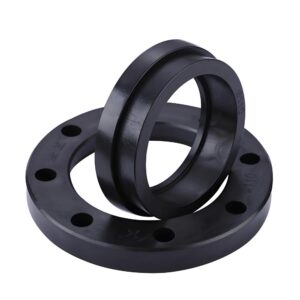What Is a Socket Weld Flange?
A socket weld flange is a specialized pipe fitting that joins pipes by inserting the pipe end into a recessed socket within the flange, then securing it with a fillet weld. This design ensures a strong, permanent connection, particularly for small-diameter pipes (typically 1/2 inch to 4 inches). The socket weld flange shines in applications where high pressure and temperature demand a robust, leak-resistant joint, such as in oil and gas pipelines or chemical processing systems.
What sets this flange apart is its simplicity and precision. The pipe fits snugly into the socket, ensuring proper alignment before welding, which reduces the risk of errors during installation. Unlike slip-on or threaded flanges, the socket weld flange relies on a single weld, making it a go-to choice for systems where durability and ease of installation matter.

Applications of Socket Weld Flanges
Socket weld flanges are a staple in industries where reliability is critical. Their ability to handle tough conditions makes them indispensable in several sectors:
Oil and Gas Pipelines
From upstream exploration to downstream refining, socket weld flanges secure connections in pipelines carrying crude oil, natural gas, or refined products. Their leak-proof design helps prevent costly spills and environmental risks.
Chemical and Petrochemical Plants
In facilities handling corrosive or hazardous fluids, these flanges provide dependable joints that withstand aggressive chemicals and high temperatures, ensuring safe operations.
Power Generation Systems
Power plants rely on socket weld flanges for steam and water lines, where they endure extreme pressures and temperatures in boilers and turbines.
Food and Pharmaceutical Industries
When hygiene is paramount, stainless steel socket weld flanges offer a clean, corrosion-resistant solution for piping systems in food processing or pharmaceutical manufacturing.
This versatility underscores why socket weld flanges are a trusted choice for engineers building robust piping networks.
How to Select the Appropriate Socket Weld Flange?
Choosing the right socket weld flange requires careful consideration to ensure it meets your system’s demands. Here are practical steps to guide your decision:
Match Material to Environment
Select materials based on your operating conditions. Stainless steel is excellent for corrosive environments, while carbon steel works well for general applications. For extreme conditions, consider alloy steel.
Pressure and Temperature Ratings
Flanges come with pressure class ratings (e.g., Class 150, 300, 600). Ensure the chosen flange meets the system’s operating conditions.
Confirm Pipe Compatibility
Ensure the flange’s socket size aligns with the pipe’s outer diameter. Double-check measurements to avoid mismatches that could compromise the joint.
Adhere to Standards
Opt for flanges that meet industry standards like ASME B16.5 or API to guarantee quality and interoperability with other components.
Consider Long-Term Needs
Think about factors like exposure to weather, chemicals, or frequent pressure changes. A flange that performs well initially but corrodes quickly isn’t a smart investment.
Partnering with a knowledgeable supplier can simplify this process, ensuring you get a flange that’s both effective and cost-efficient.
Installation and Maintenance Recommendations
Proper installation and care are critical to getting the most out of socket weld flanges. Here’s how to ensure they perform reliably:
Installation Best Practices
- Prepare the Pipe: Clean the pipe end thoroughly, removing any debris, rust, or burrs to ensure a smooth fit in the socket.
- Align Carefully: Insert the pipe fully into the socket to avoid gaps that could weaken the weld.
- Weld with Precision: Use a certified welder familiar with ASME Section IX standards to create a uniform fillet weld. Inspect the weld for defects using methods like dye penetrant or ultrasonic testing.
- Test the Joint: After installation, pressure-test the system to confirm the joint is leak-free.
Maintenance Tips
- Routine Checks: Inspect flanges regularly for signs of corrosion, cracks, or wear, especially in harsh environments.
- Clean as Needed: In food or pharmaceutical applications, clean the system to maintain hygiene and prevent contamination.
- Replace When Necessary: If a flange shows significant damage, replace it promptly to avoid system downtime or safety risks.
Following these steps ensures socket weld flanges deliver long-term reliability and performance.
Advantages and Limitations of Socket Weld Flanges
Every component has its strengths and trade-offs, and socket weld flanges are no exception. Here’s a balanced look at what they offer and where they fall short:
Advantages
- Robust Joints: The fillet weld creates a strong, leak-resistant connection, ideal for high-pressure systems.
- Space-Saving Design: Their compact size makes them perfect for tight spaces where larger flanges might not fit.
- Simplified Alignment: The socket ensures the pipe is properly positioned, reducing installation errors.
- Cost Efficiency: For smaller pipes, these flanges are often more affordable than alternatives like weld neck flanges.
Limitations
- Size Constraints: Best suited for pipes under 4 inches, they’re not ideal for larger-diameter systems.
- Welding Skill Required: A high-quality fillet weld demands experienced welders, which can raise labor costs.
- Permanent Connection: The welded joint isn’t easily disassembled, making it less suitable for systems needing frequent maintenance.
Understanding these factors helps project managers decide when socket weld flanges are the best fit for their needs.
Why Choose Precionn for Socket Weld Flanges?
Socket weld flanges are indispensable in modern piping systems, providing secure, durable connections for a wide range of industrial applications. Their design, ease of installation, and reliability make them a preferred choice for engineers and technicians worldwide.
Precionn is committed to providing high-quality socket weld flanges and other precision machining solutions. With years of experience in the industry, Precionn ensures that every component meets international standards, helping clients worldwide achieve safe and efficient piping systems.




